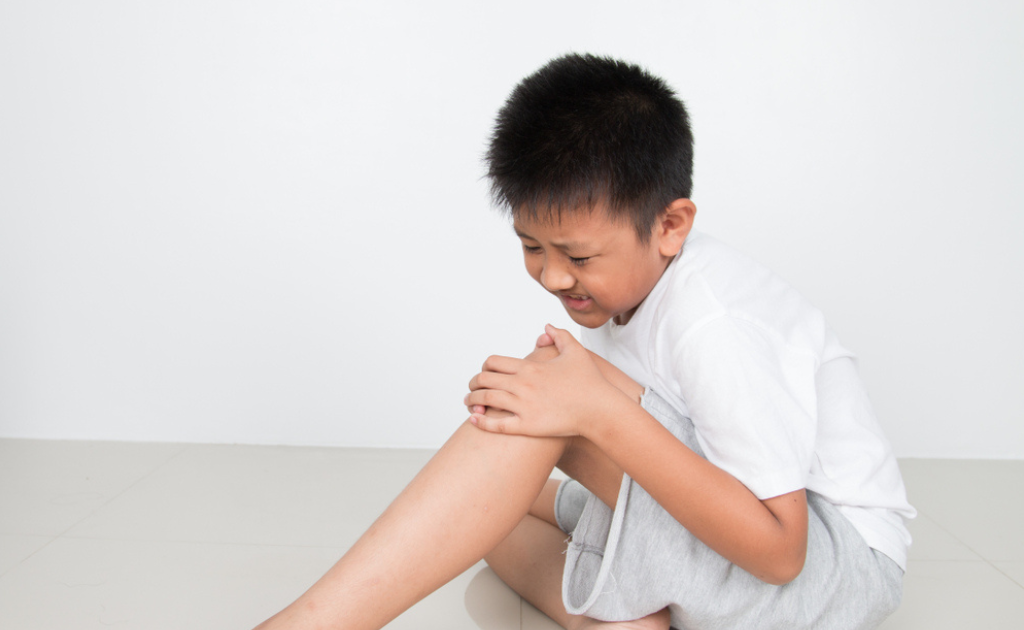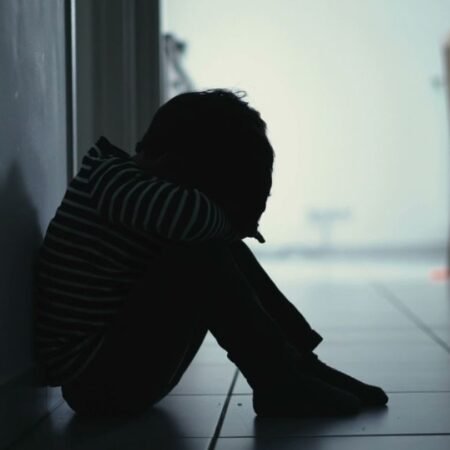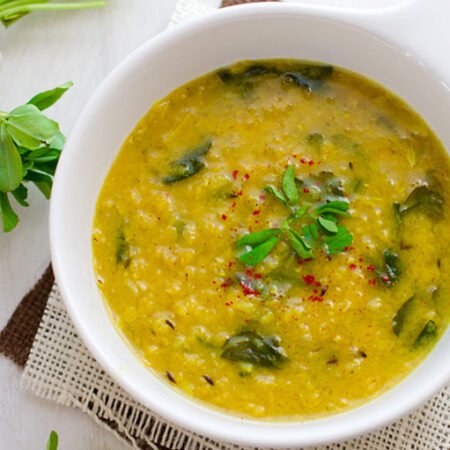Four years of Zarif often cry for pain in the legs at night. But his mother did not give much importance to this because he had no such compulsion during the day. But after saying he was walking from time to time, Zarif’s mother became a little worried about the matter. When the doctor was taken to the doctor, Zarif’s mother said that it was growth pain. Let’s not know what the baby’s growth pain is and the problem is the beginning.
What is Growth Pain?
When children grow older, especially between the ages of 8 and 12, pain in their leg muscles or joints is often felt. This pain is called “growth pain”. It is not a serious disease, but rather a common physiological process. Pain during growth pain is usually felt more at night than day and there is often no pain in the morning after waking up in the morning.
That is why growth is pain:
Scientists are not yet sure of the exact cause of growth pain. However some factors are considered as possible:
1. Excessive pressure on the muscles:
Children are usually very active throughout the day. Racing, sports or jumps are pressured on their muscles and joints. This excess stress can often cause pain.
2. Rapid physical growth:
Baby When the bones and muscles of the body grow faster, there is some problem in adjusting the muscles and bones. The resulting pain may be felt.
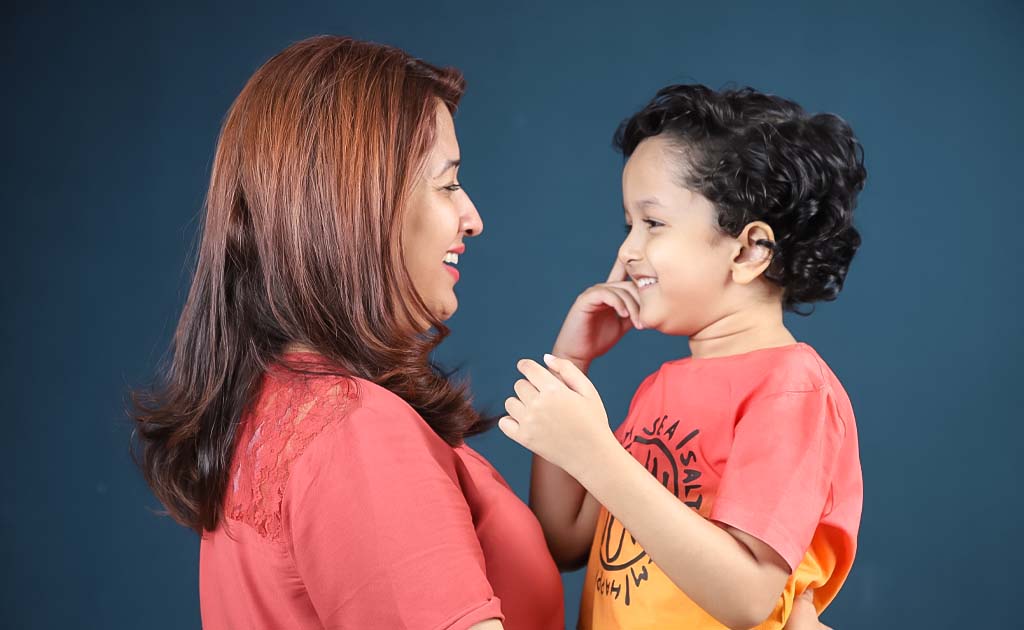
1. Not to move in the right posture:
If the child does not sit in the right posture or not, there is excess pressure on the muscles and bones, which can cause pain. Such as: neck shakes or see mobiles, sit down and so on.
Some common signs of growth pain:
- The pain is felt in the thighs of the feet, the coffee mass (the back of the leg) or the knee.
- The pain is usually higher at night and decreases in the morning.
- The pain may not be in a particular place.
- The pain is not so severe that the child cannot do normal functioning.
Ways to get rid of Growth Pain:
Growth Pain is not a serious problem, but some steps can be taken to reduce the baby’s pain:
1. Massage:
Light massage is very effective in reducing pain. Massage slowly in place of the baby’s feet.
2. Hot bake:
Bake in place of pain with a hot water bag or heating pad. It helps to relax the muscles.
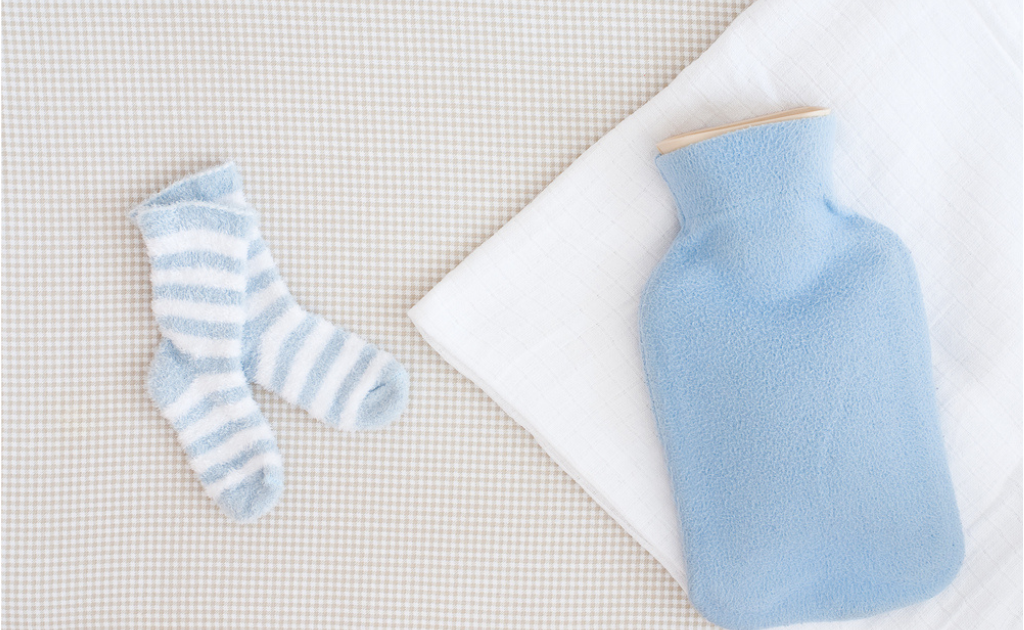
1. Exercise:
Light stretching to the child or Exercise Encourage to do. It strengthens the muscles and reduces the pain. Consult a physiotherapist if needed.
1. Pain Relief Cream:
In some cases, paink cream can be used according to the doctor’s advice.
1. Adequate rest:
Adequate rest is necessary for the baby’s body muscle and bone restructuring.
When will you go to the doctor?
- If any of the following symptoms appear with pain, consult a doctor without delay:
- The pain lasts for a long time.
- Pain It is so intense that the baby’s movement stops.
- Other physical problems arise with pain, such as fever, swelling, or reddish.
Proper care of baby to reduce growth pain:
1. To ensure the correct nutrition:
Make sure enough calcium, vitamin D and protein in the baby’s diet. They help strengthen the bones and muscles.
2. Active Life:
Encourage the child to be physically active by playing. However, take care of the extra labor. Take care of the child sleeps enough and rest.
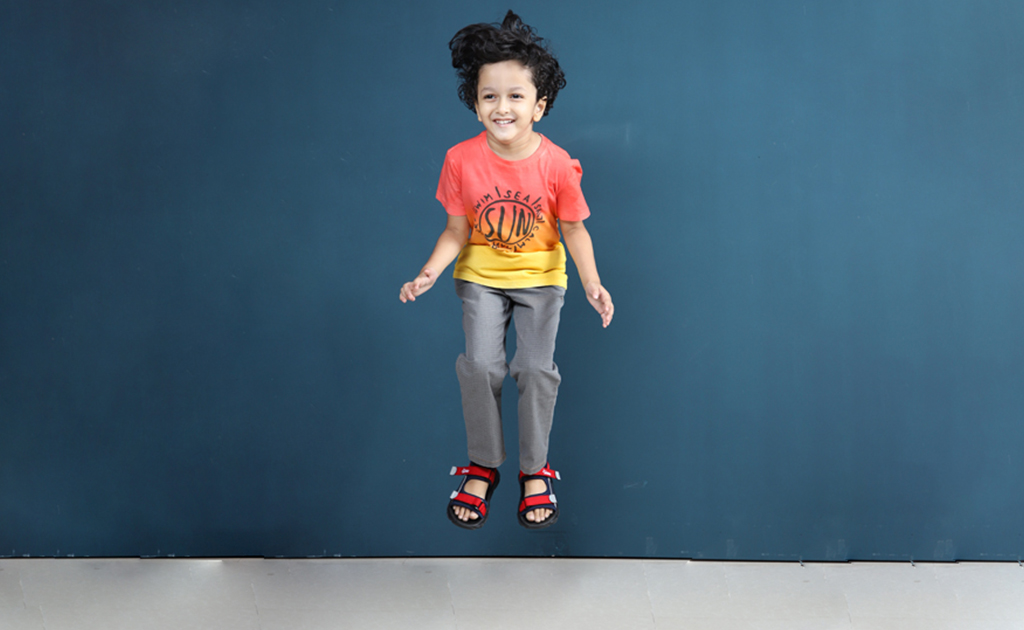
1. The correct posture:
Make sure the child sits properly, walks and run.
1. The correct selection of shoes:
The baby’s shoes should be comfortable and properly sized so that it does not cause pain in the legs.
Growth Pain is a common and temporary subject, which is part of the baby’s growth. Although it can be uncomfortable for children, it is possible to easily control it through proper care. Give your child the love and support of the necessary and be aware of keeping them comfortable. Every child should grow up in a healthy, protected and happy environment.
Written by Mahmuda Akhter Rosie
Jeriatric physiotherapist
Photo – Sattarstock, Dress



